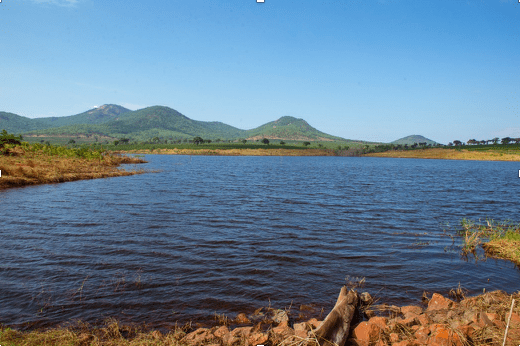The Partnership for Gender Equity (PGE) launched its second research initiative focused on equity in the coffee value chain, this timewith looking at generational constraints that especially impact youth. Entitled, The Way Forward: Engaging the Next Coffee Generation, the objective of the research is to better understand generational dynamics and youth disengagement in coffee production to inspire effective sector-wide collaboration that will enhance the well-being of coffee-farming families and communities around the globe.
In 2018, this work is critical. According to Panhuysen and Pierrot (2018), if growth in worldwide consumption continues to grow at the rate it did over the past five years, “the coffee sector will need 300 million bags of coffee by 2050, which means doubling or even tripling the current annual world production. The current system of coffee production will not be able to meet the increasing demand in the coming decades” (p. 10). Climate change is a huge threat to the ability of the coffee sector to adapt its system of production, but so too is the average age of farmers and youth migration from coffee communities. For the future of the industry and small-scale farming, it is critical to find ways to address youth disengagement from coffee farming.
To read more please click here and turn to page 18.















